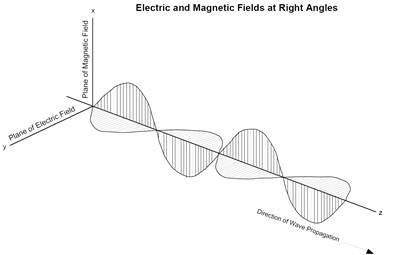
تاريخ الفيزياء

علماء الفيزياء


الفيزياء الكلاسيكية

الميكانيك

الديناميكا الحرارية


الكهربائية والمغناطيسية

الكهربائية

المغناطيسية

الكهرومغناطيسية


علم البصريات

تاريخ علم البصريات

الضوء

مواضيع عامة في علم البصريات

الصوت


الفيزياء الحديثة


النظرية النسبية

النظرية النسبية الخاصة

النظرية النسبية العامة

مواضيع عامة في النظرية النسبية

ميكانيكا الكم

الفيزياء الذرية

الفيزياء الجزيئية


الفيزياء النووية

مواضيع عامة في الفيزياء النووية

النشاط الاشعاعي


فيزياء الحالة الصلبة

الموصلات

أشباه الموصلات

العوازل

مواضيع عامة في الفيزياء الصلبة

فيزياء الجوامد


الليزر

أنواع الليزر

بعض تطبيقات الليزر

مواضيع عامة في الليزر


علم الفلك

تاريخ وعلماء علم الفلك

الثقوب السوداء


المجموعة الشمسية

الشمس

كوكب عطارد

كوكب الزهرة

كوكب الأرض

كوكب المريخ

كوكب المشتري

كوكب زحل

كوكب أورانوس

كوكب نبتون

كوكب بلوتو

القمر

كواكب ومواضيع اخرى

مواضيع عامة في علم الفلك

النجوم

البلازما

الألكترونيات

خواص المادة


الطاقة البديلة

الطاقة الشمسية

مواضيع عامة في الطاقة البديلة

المد والجزر

فيزياء الجسيمات


الفيزياء والعلوم الأخرى

الفيزياء الكيميائية

الفيزياء الرياضية

الفيزياء الحيوية

الفيزياء العامة


مواضيع عامة في الفيزياء

تجارب فيزيائية

مصطلحات وتعاريف فيزيائية

وحدات القياس الفيزيائية

طرائف الفيزياء

مواضيع اخرى
Wave Polarization
المؤلف:
Diane Fisher Miller
المصدر:
Basics of Radio Astronomy
الجزء والصفحة:
p15
24-2-2016
2524
Wave Polarization
If electromagnetic waves meet no barriers as they travel through an idealized empty space, they travel in straight lines. As mentioned at the beginning of this chapter, stationary electric charges produce electric fields, and moving electric charges produce magnetic fields. Thus, there are two components to an electromagnetic wave the electric field and the magnetic field. In free space, the directions of the fields are at right angles to the direction of the propagation of the wave.

The drawing below shows part of a wave front as it would appear to an observer at the point indicated in the drawing. The wave is moving directly out of the page. One-half a period later, the observer will see a similar field pattern, except that the directions of both the electric and the magnetic fields will be reversed.

Instantaneous View of Electromagnetic Wave (wave is moving directly out of the page)
The magnetic field is called the magnetic vector, and the electric field is called the electric vector. A vector field has both a magnitude and a direction at any given point in space. The polarization of electromagnetic waves is defined as the direction of the electric vector. If the electric vector moves at a constant angle with respect to the horizon, the waves are said to be linearly polarized. In radio wave transmission, if the polarization is parallel to Earth’s surface, the wave is said to be horizontally polarized. If the wave is radiated in a vertical plane, it is said to be vertically polarized. Waves may also be circularly polarized, whereby the angle of the electric (or magnetic) vector rotates around an (imaginary) line traveling in the direction of the propagation of the wave. The rotation may be either to the right or left.

Radio frequency radiation from extraterrestrial sources may be linearly or circularly polarized, or anything in between, or unpolarized. The polarization of the waves gives astronomers additional information about their source.
 الاكثر قراءة في مواضيع عامة في علم الفلك
الاكثر قراءة في مواضيع عامة في علم الفلك
 اخر الاخبار
اخر الاخبار
اخبار العتبة العباسية المقدسة

الآخبار الصحية















 قسم الشؤون الفكرية يصدر كتاباً يوثق تاريخ السدانة في العتبة العباسية المقدسة
قسم الشؤون الفكرية يصدر كتاباً يوثق تاريخ السدانة في العتبة العباسية المقدسة "المهمة".. إصدار قصصي يوثّق القصص الفائزة في مسابقة فتوى الدفاع المقدسة للقصة القصيرة
"المهمة".. إصدار قصصي يوثّق القصص الفائزة في مسابقة فتوى الدفاع المقدسة للقصة القصيرة (نوافذ).. إصدار أدبي يوثق القصص الفائزة في مسابقة الإمام العسكري (عليه السلام)
(نوافذ).. إصدار أدبي يوثق القصص الفائزة في مسابقة الإمام العسكري (عليه السلام)


















